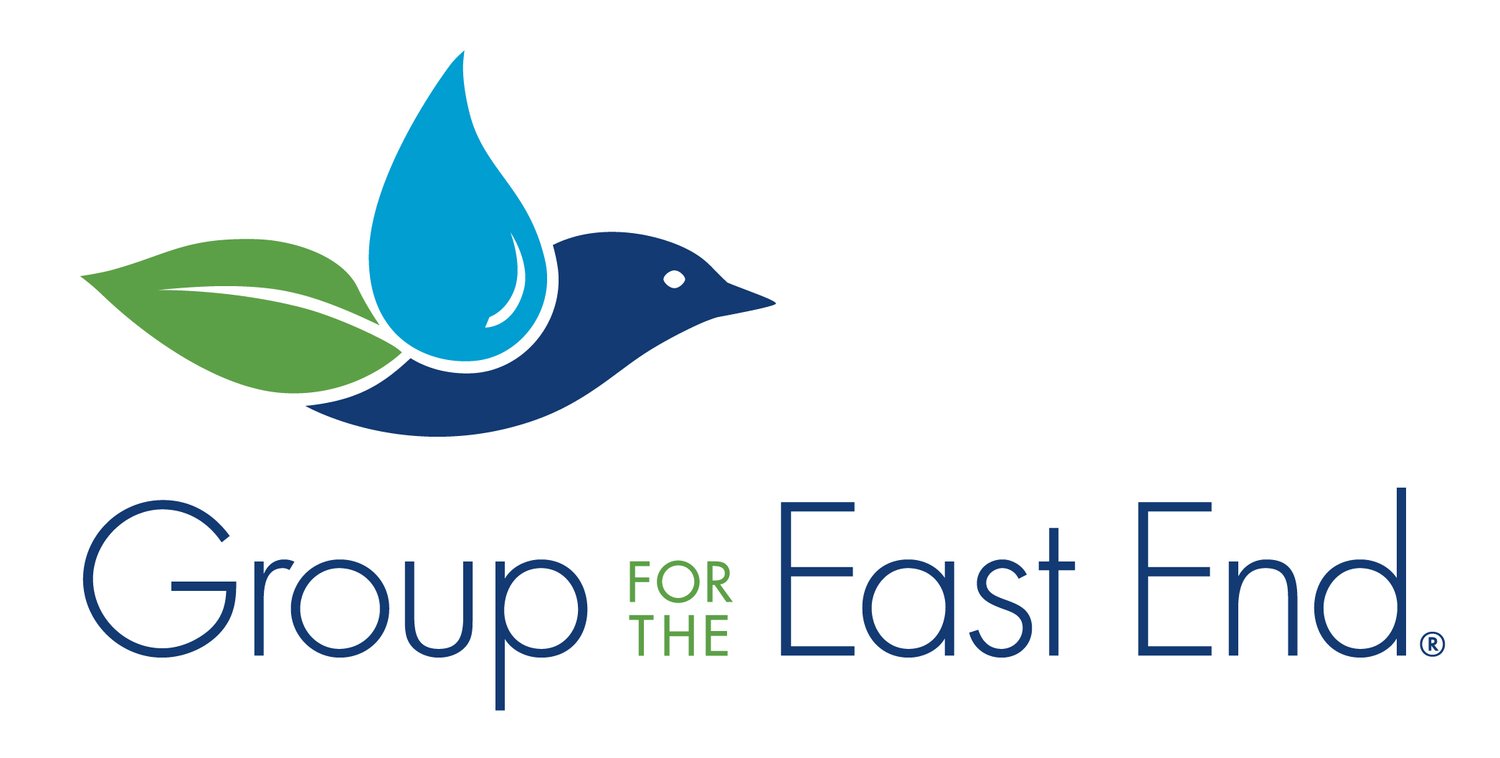Sewage Pollution Continues to Plague Long Island’s Waters
Sewage Pollution Continues to Plague Long Island’s Waters
2019 Report Shows Nitrogen Pollution Fuels Toxic Algae, Threaten Public Health and Water Quality
Patchogue, New York – Scientists at Stony Brook University found compelling evidence that the impacts of sewage pollution continued to plague Long Island during the summer of 2019. The findings are captured in a map, displayed below, showing cause for serious concern about Long Island’s water quality and the impact it is having on the region’s quality of life, health and economy.
From May through September, every major bay and estuary across Long Island was badly affected by toxic algae blooms, oxygen starved waters, or both. Heavy loads of nitrogen, mainly from sewage followed by fertilizers, are widely cited as the ultimate cause of these disturbing events.
“From Hempstead to Montauk Point, toxic blue-green algae swept the Island, dozens of waterbodies were found without enough oxygen, multiple fish kills occurred, and beds of seaweeds were found lurking on our beaches.” said Dr. Christopher Gobler, Professor of Stony Brook University. “All of these events across Long Island in one summer is a clear sign that something is wrong with our water.”
On Long Island, nitrogen pollution has led to the collapse of a multibillion-dollar shellfish industry, left seaside communities more vulnerable to violent storms from the loss of seagrass and coastal wetlands and contaminates the Island’s only source of drinking water.
The summer 2019 report marks the 6th year Dr. Christopher Gobler, Professor of Stony Brook University, led a lab group to monitor Long Island’s water quality on a weekly basis throughout the summer. Notable findings found in the Stony Brook report include:
Toxic blue green algae, harmful to humans and linked to dog deaths on Long Island and across the country, found 21 times, reaching as far as Montauk Point;
Water with low oxygen found 26 times, including areas in Smithtown Bay and Hempstead Harbor that grew dramatically in size compared to last year;
Four fish kills where thousands of fish likely suffocated at once due to a loss of oxygen; and
19 other toxic events including two types of shellfish poisoning, over a dozen harmful red tides, brown tide, and rust tide.
“Nitrogen pollution from inadequately treated sewage is continuing to degrade our bays and lakes, and this will not change unless we change. Now we need elected leaders and the public to take definitive actions and support the new Suffolk County plan to replace septic and cesspool systems with new technology that removes nitrogen before effluent enters our ground and surface waters,” said Adrienne Esposito, Executive Director, Citizens Campaign for the Environment. “The battle to save our island’s marine and fresh water systems is one we cannot afford to lose. We shouldn’t be the generation that leaves a legacy of sewage pollution for the next generation to clean up.”
Groups such as The Nature Conservancy have been working for over a decade to revive shellfish populations and seagrass habitat but toxic algal, like those witnessed this summer, have expanded restoration efforts to include the reduction of nitrogen pollution in our waters.
According to Bob DeLuca, President of Group for the East End, “Given the importance of clean water to every Long Islander, the results of this year’s report are a compelling reminder of just how far we have to go in restoring our water quality and better protecting public health. Fortunately, for the first time in decades, we finally have a comprehensive strategy to improve water quality and the improved technology to make a significant difference in reversing the trends that have led us to have some of the most impaired water quality in New York State.”
“Funding for the replacement of aging cesspools and septic tanks is essential to halt the nitrogen contamination of Long Island’s underground water supply,” said Richard Amper, Executive director of the Long Island Pine Barrens Society.
The Long Island Clean Water Partnership commends New York State, Suffolk County, and town Community Preservation Funds for making financial incentives available to homeowners who want to replace their polluting cesspool or septic tank with clean water technology. The septic improvement program offers up to $30,000 in financial incentives, covering the average cost of $19,200 to install a clean water septic system. (See www.reclaimourwater.info for program details.)
Suffolk County recently released a draft of it Subwatersheds Wastewater Management Plan, which informs the Long Island Nitrogen Action Plan by identifying pollution sources and nitrogen reduction needs for 191 water bodies across Suffolk County.
“We are heartened that our local and state leaders are taking action to put us on the path towards clean water, but we need to expand the financial incentives for homeowners,” said Kevin McDonald, Policy Advisor for The Nature Conservancy. “The Subwatersheds Plan will depend on a dedicated funding stream so we can continue financial incentives to homeowners. This way, everyone can do their part in helping to restore and protect Long Island’s water quality.”
The Long Island Clean Water Partnership is a group of leading conservation organizations who are bringing together scientists, planners, advocates, public officials and concerned community members to address declining water quality on Long Island. Citizens Campaign for the Environment, Group for the East End, Long Island Pine Barrens Society, and The Nature Conservancy work together with nearly one hundred businesses and organizations, as well as thousands of individual members, to protect drinking and surface water throughout Long Island. Learn more at longislandcleanwaterpartnership.org.
